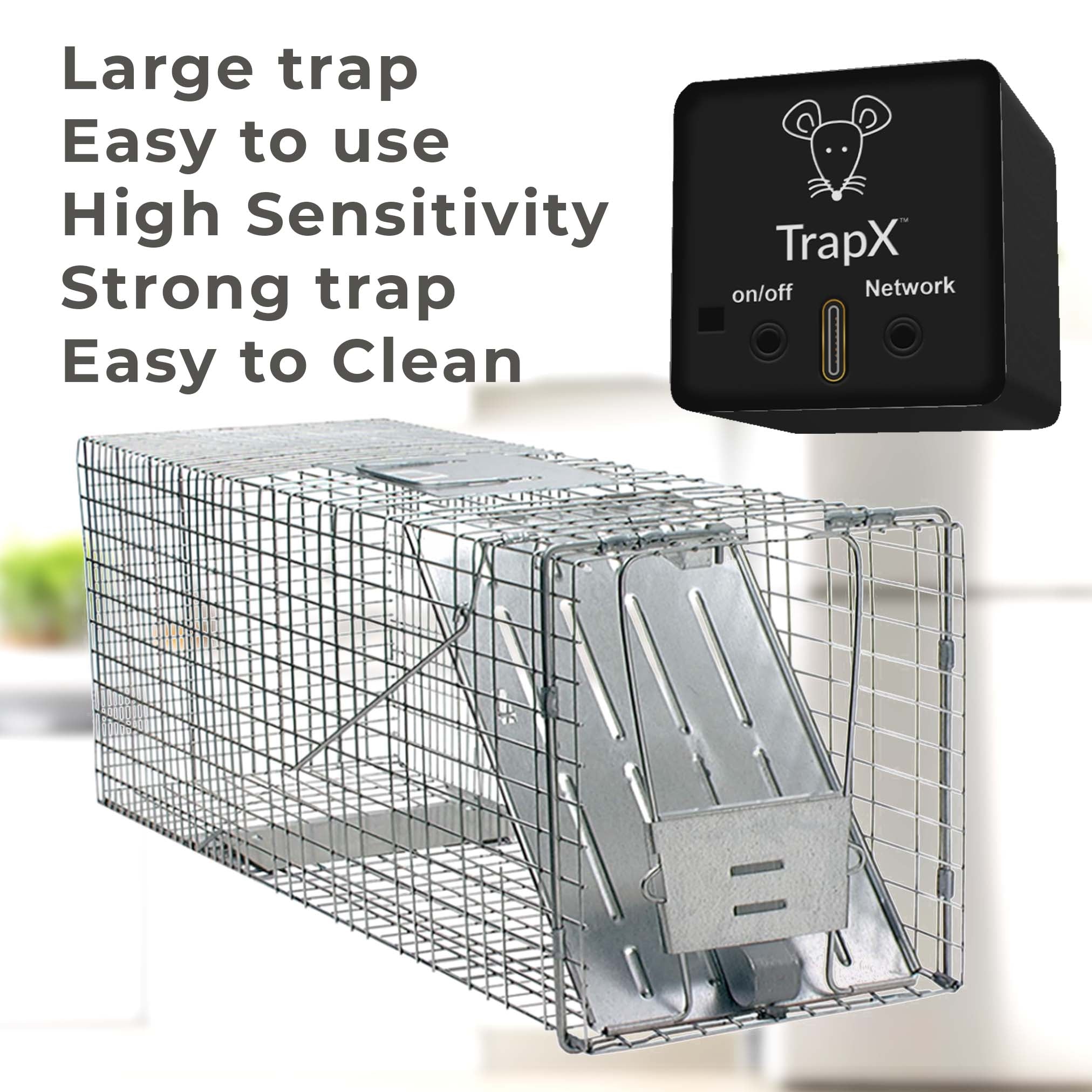What Is A Vole Rodent?
Share
If you've ever wondered what is a vole rodent, you're not alone. These small, furry creatures are often mistaken for other types of rodents, but they have their own unique characteristics that make them fascinating. In this article, we'll dive deep into the world of voles, exploring their habitats, behaviors, and how they differ from other rodents.

What is a Vole Rodent?
Voles are small mammals that belong to the rodent family. They are often referred to as meadow mice or field mice, but they are distinct from the true mice you might be familiar with. Voles are characterized by their rounded bodies, short legs, and small eyes and ears. They typically range in size from 3 to 9 inches, depending on the species.
These animals are found in various habitats, including grasslands, forests, and even urban areas. They are herbivores, primarily feeding on grass, roots, seeds, and bark. Voles play a significant role in the ecosystem by serving as prey for many predators like owls, hawks, and foxes.

Physical Characteristics of Voles
One of the most distinguishing features of voles is their appearance. Unlike other rodents, voles have shorter tails and more compact bodies. Their fur is usually dense and can range in color from gray to brown, allowing them to blend into their natural surroundings. Their small, beady eyes and ears are less prominent than those of mice, which helps them stay concealed from predators.
Voles have strong, sharp teeth that grow continuously throughout their lives. This helps them gnaw on tough vegetation and roots, which make up the bulk of their diet. Their feet are also adapted for digging, allowing them to create elaborate burrow systems for shelter and food storage.

Vole Habitats and Behavior
Voles are highly adaptable and can thrive in a variety of environments. However, they prefer areas with ample vegetation cover, such as meadows, grasslands, and forest edges. Their burrowing behavior helps aerate the soil, benefiting plant growth, but it can also cause damage to lawns and gardens.
These rodents are most active during twilight and nighttime hours. They are known for their prolific breeding, with some species capable of producing multiple litters each year. This rapid reproduction rate can lead to population booms, making voles a common sight in suitable habitats.
The Role of Voles in the Ecosystem
Voles play a crucial role in the food chain. They serve as a primary food source for various predators, including birds of prey, snakes, and small mammals. This makes them an essential component of their ecosystems, helping to maintain the balance between predator and prey populations.
In addition to their role as prey, voles also contribute to soil health through their burrowing activities. Their tunnels aerate the soil, promoting better water infiltration and root growth. This can be beneficial for plants, although it can also lead to conflicts with humans when voles venture into gardens and agricultural fields.

Preventing Vole Damage
While voles are an important part of the ecosystem, they can become pests when they invade human spaces. Their burrowing and feeding habits can cause significant damage to lawns, gardens, and crops. Fortunately, there are several strategies you can use to minimize vole damage.
- Fencing: Installing a fence around your garden can help keep voles out. Make sure the fence is buried several inches into the ground to prevent them from digging underneath.
- Habitat Modification: Reducing vegetation cover near your home can make the area less attractive to voles. Mowing the lawn regularly and removing piles of debris can help deter them.
- Trapping: Live traps can be used to capture and relocate voles. Be sure to check local regulations before trapping and releasing wildlife.
- Repellents: There are various natural and chemical repellents available that can help keep voles away from your plants. These products can be applied to the soil or directly to plants to deter feeding.
For more information on dealing with vole problems, visit this link.
Conclusion
Understanding what is a vole rodent can help you appreciate these small creatures and the role they play in the ecosystem. While they can be a nuisance when they invade human spaces, it's important to remember that voles are a vital part of the natural world. By taking steps to manage their presence, you can enjoy a healthy garden while coexisting with these fascinating animals.
As an Amazon Associate, I earn from qualifying purchases.
